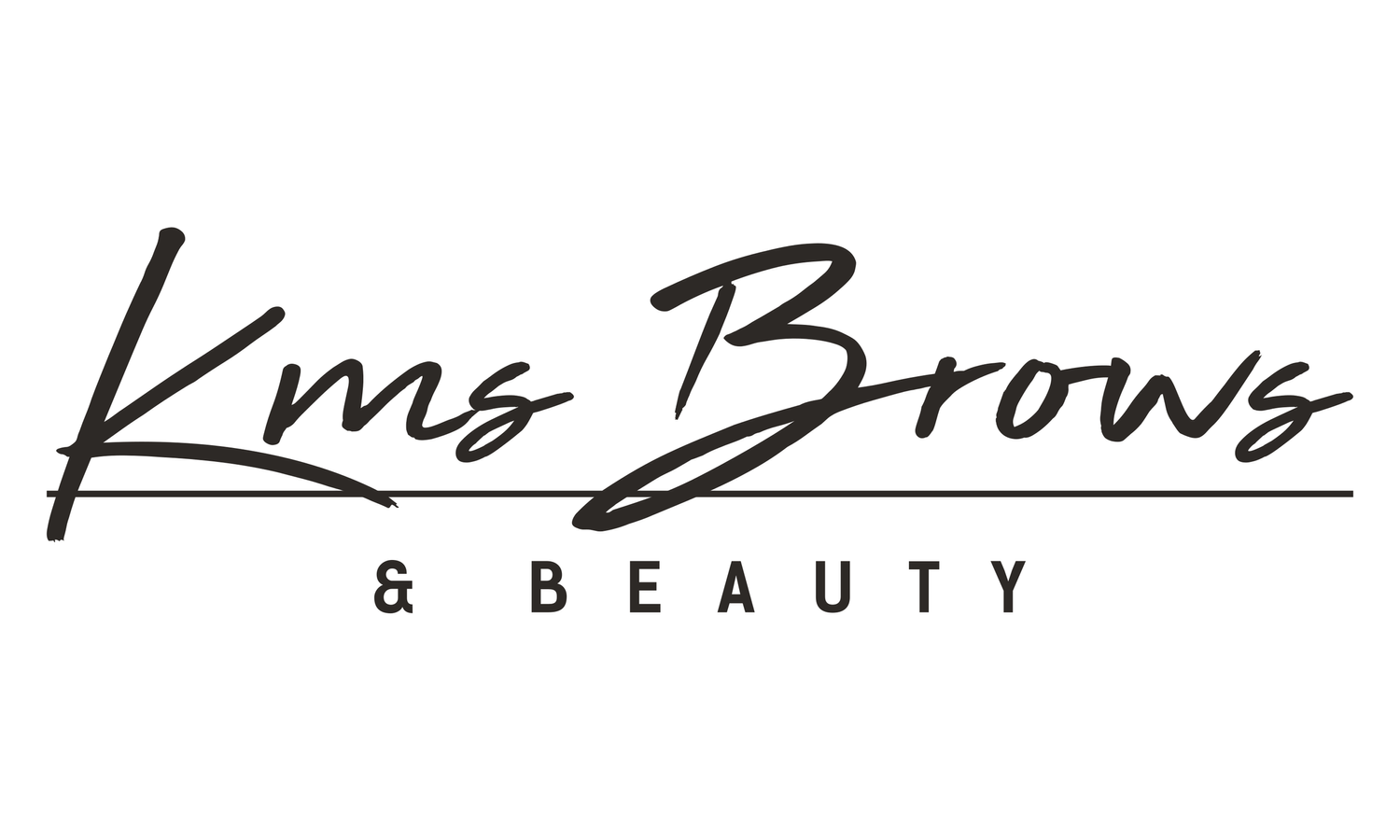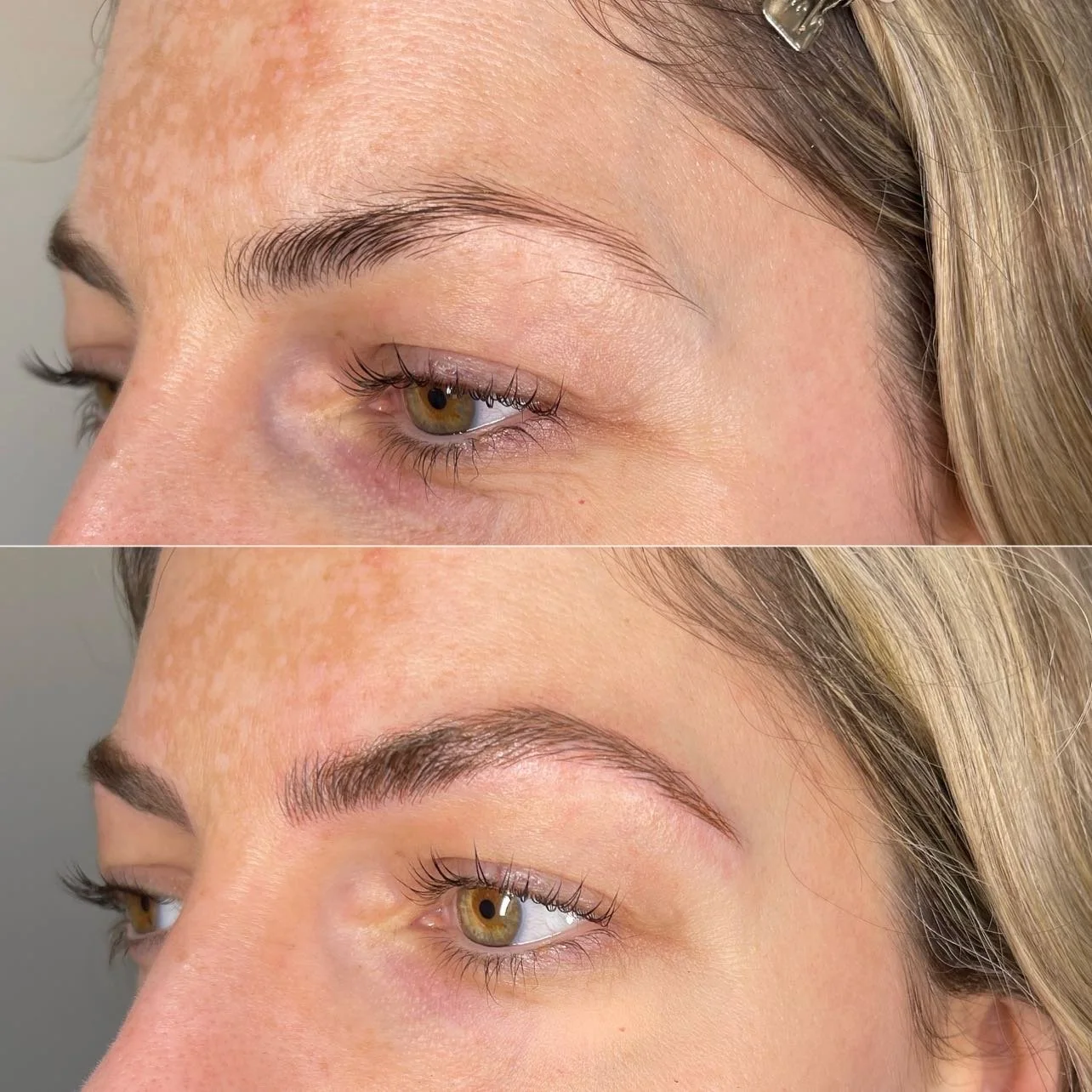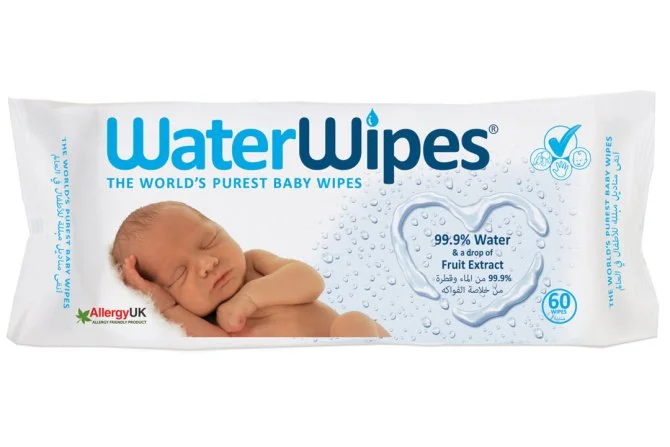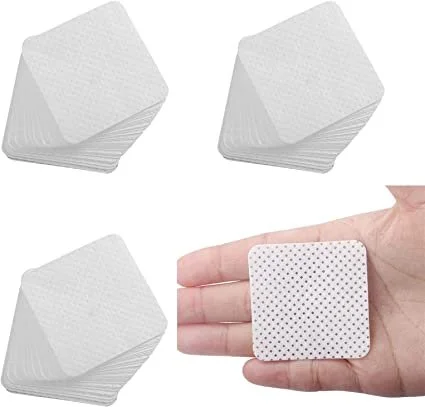The Microblading healing process is quicker thank you think ….
In this blog post, we will be going over the healing process and what to expect during this time. If you are in good health, you should be pleasantly surprised at how easy and quickly your microblading heals. We’re going to go over how your microblading will look as it’s healing and the two most common and popular methods of microblading aftercare. I always say to my clients that microblading is a process not an instant result, here is why:
Before & After Microblading
Eyebrows after 1st appointment - Looking perfect and crisp!
The Microblading Healing Process Day By Day
The time it takes for the skin to heal depends on two key factors:
1. The age of the client
By this, I mean the skin turn over rate decreases as you get older. Therfore taking longer for the skin to heal within this period
The minimum timescales for complete healing after permanent cosmetic procedure are:
0-40 years old: 4 weeks
40-60 years old: 4-5 weeks
60 years old: 6 weeks
2. The health of the client
As long as there aren’t any complications within your personal health, your microblading healing process should be pretty straight forward! Let’s take a look…
Day 1: They are perfect, you’ll love your new eyebrows!
The colour is perfect, and the shape is everything you’ve dreamed of as you have worked together with your microblading technician to create a perfect set of brows bespoke to you!
Days 2-4: Your colour will darken up to 40%, don’t worry this is temporary.
This is because the fresh colour goes through a period of oxidation. This does not last longer than 7 days and is minimal within the small hairstrokes on the face. You should not experience heavy scabbing. Any scabbing will be thin and light. You should feel comfortable going to work the very next day.
Days 5-7: Your microbladed eyebrows may begin to flake as part of the healing process.
This lasts 1-2 days. You want to avoid picking or itching your brows. Avoid having your hair and hands around your eyebrows at this time as they contain oils and bacteria which can cause infection.
Days 8-10: Flaking has finished and you will feel fully healed.
You finally treat your eyebrows normally. Keep in mind that even though your eyebrows feel normal, your skin is technically still in the healing process. Your eyebrows will temporarily look lighter than they will when fully healed at 4-6 weeks. This is because you have new, baby skin and it needs a few more weeks to finish healing.
Days 14-28: Your eyebrow colour and shape has fully bloomed.
The colour and shape should be just right and just in time for your follow-up appointment.
Day 42: It’s time for your follow up.
This can be anywhere between 6-12 weeks. During your follow up appointment, you have the opportunity to adjust anything you’d like about your new eyebrows. Sometimes clients are nervous during their initial service and later wish they had gone darker or fuller. This is your opportunity to make sure you are 100% in love with your beautiful new brows.
Aftercare methods: Microblading Dry Healing vs Wet Healing
Let’s talk about the two different types of microblading aftercare that you can follow.
1) Dry Healing
Dry healing is how microblading artists used to have their clients heal, and how some still do today.
Dry Healing is exactly how it sounds. You don’t get your microblading wet during your healing period. After your microblading appointment you do not touch your eyebrows. You let your eyebrows heal on their own with no assistance or creams. There are some pro’s and con’s to both methods:
PROS: There’s nothing for you to do and no aftercare kit required.
CONS: You’ll have heavy scabbing during healing and you’ll lose more color.
2) Wet Healing
Wet healing is how most microblading artists have their client’s heal today. Your microblading artist will ask you to make sure your eyebrows are clean for the following days after.
You’ll also be asked to clean your eyebrows morning and evening with a gentle, permanent makeup-approved cleanser and told to use an appropriate healing gel to keep your skin from drying out.
PROS: You’ll have no scabbing, and your colour will heal much more evenly.
CONS: You’ll have some work to do and an aftercare kit to keep on you. Although most people are keen to make sure they are looked after with the price they have just paid to have them done!
Dry healing is still a common method even though wet healing has proven to have the most promising healed results. You can speak with your artist about their healing method and what they’d like from you when healing.
Here are some key products you will need to have to hand to keep your brows clean:
Water Wipes
Top Tip - Make sure your water wipes have no perfume in them. They should be 99.9% water based to maintain clen surface areas.
Lint free cotton pads
Make sure these are lint free as you don’t want any particles getting into your skin as its healing which may cause infection.




